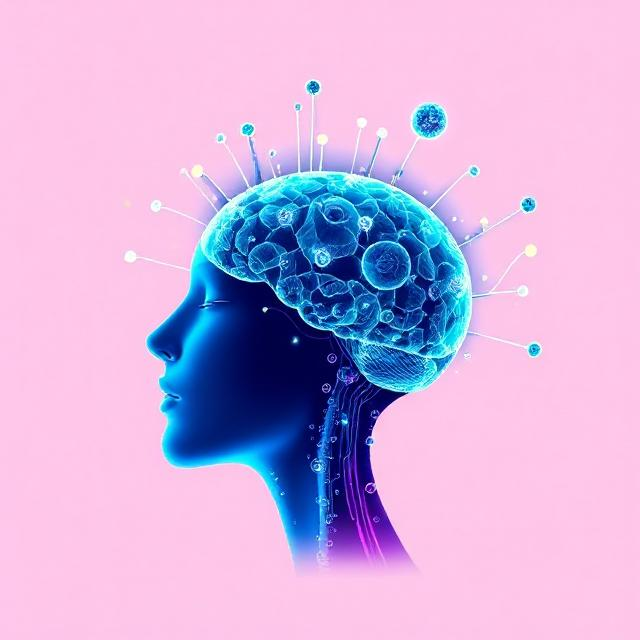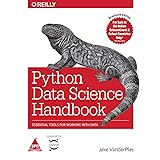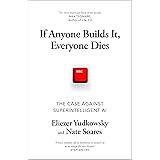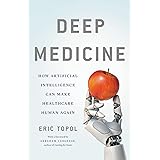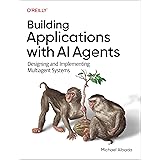Artificial Intelligence (AI) is no longer just a buzzword – it is actively transforming how we create, design, and communicate. From digital art to music composition and even writing blog posts, artificial intelligence tools are becoming creative partners.
This article explains what AI tools are, how they support creativity, examples of popular AI tools, benefits, challenges, and how beginners can start using them.
What are Artificial Intelligence (AI) Tools?
AI tools are software applications that use machine learning and algorithms to perform tasks that usually require human intelligence. These tools can generate text, images, music, and even videos by analyzing data and creating new outputs.
How Do AI Tools Enhance Creativity?
AI enhances creativity by:
- Generating new ideas and variations quickly
- Assisting with design, writing, and music composition
- Automating repetitive parts of the creative process
- Offering inspiration for artists, writers, and creators
In short: AI tools don’t replace creativity; they expand it.
AI in Visual Arts and Design
Q: How are AI tools used in art and design?
AI tools like MidJourney, DALL·E, and Stable Diffusion generate images from text prompts. Designers use them for brainstorming, creating mockups, or experimenting with new styles.
Example: Typing “a futuristic city in watercolor” into MidJourney instantly generates several artistic variations.
AI in Music and Audio
Q: Can AI make music?
Yes. Tools like AIVA, Soundraw, and Amper Music compose original tracks based on moods, genres, or instruments. Musicians use them for background scores, jingles, and inspiration.
Example: A YouTuber can create custom background music in minutes without worrying about copyright.
AI in Writing and Content Creation
Q: What are the best AI writing tools?
Popular AI writing tools include ChatGPT, Jasper, and Copy.ai. They help with blog posts, emails, product descriptions, and brainstorming ideas.
Example: A blogger can ask ChatGPT for SEO-friendly headlines and get multiple suggestions instantly.
Writers often rely on AI text generators to speed up blogging and content creation. You can check out our detailed guide on AI Text Generators to learn more.
AI in Video and Animation
Q: Can AI create videos?
Yes. Tools like Runway, Pika Labs, and Synthesia generate video clips, animations, and even AI presenters. They reduce production costs and make video creation accessible to beginners.
Benefits of AI in Creativity
- Speeds up workflows
- Offers endless experimentation
- Makes creativity accessible to beginners
- Acts as a supportive creative assistant
Challenges of AI in Creativity
- Copyright and ownership issues
- Risk of biased or low-quality results
- Dependence on AI could reduce originality
- Concerns about replacing human talent
How Can Beginners Start Using AI Tools?
- Pick a creative area (art, writing, music, video).
- Start with free versions of tools like ChatGPT, Canva AI, or Soundraw.
- Use simple prompts and experiment.
- Combine AI results with personal creativity for best outcomes.
Frequently Asked Questions (FAQs)
Q1. What is the best free AI tool for creativity?
For beginners, Canva AI (design), ChatGPT free (writing), and Soundraw trial (music) are great starting points.
Q2. Is AI replacing human creativity?
No. AI is a tool that assists and enhances creativity, but human imagination, emotion, and storytelling remain irreplaceable.
Q3. Can I use AI-generated art or music commercially?
Yes, but check the tool’s licensing terms. Some AI platforms allow free commercial use, while others require paid plans.
Q4. How do AI tools work?
They use algorithms and data to analyze patterns and generate new outputs, such as text, images, or sounds.
Conclusion
Artificial Intelligence tools are reshaping creativity in art, music, writing, and video. They save time, spark new ideas, and make creative work accessible to more people.
The key is balance: use AI as a partner, not a replacement, and blend machine speed with human imagination.
